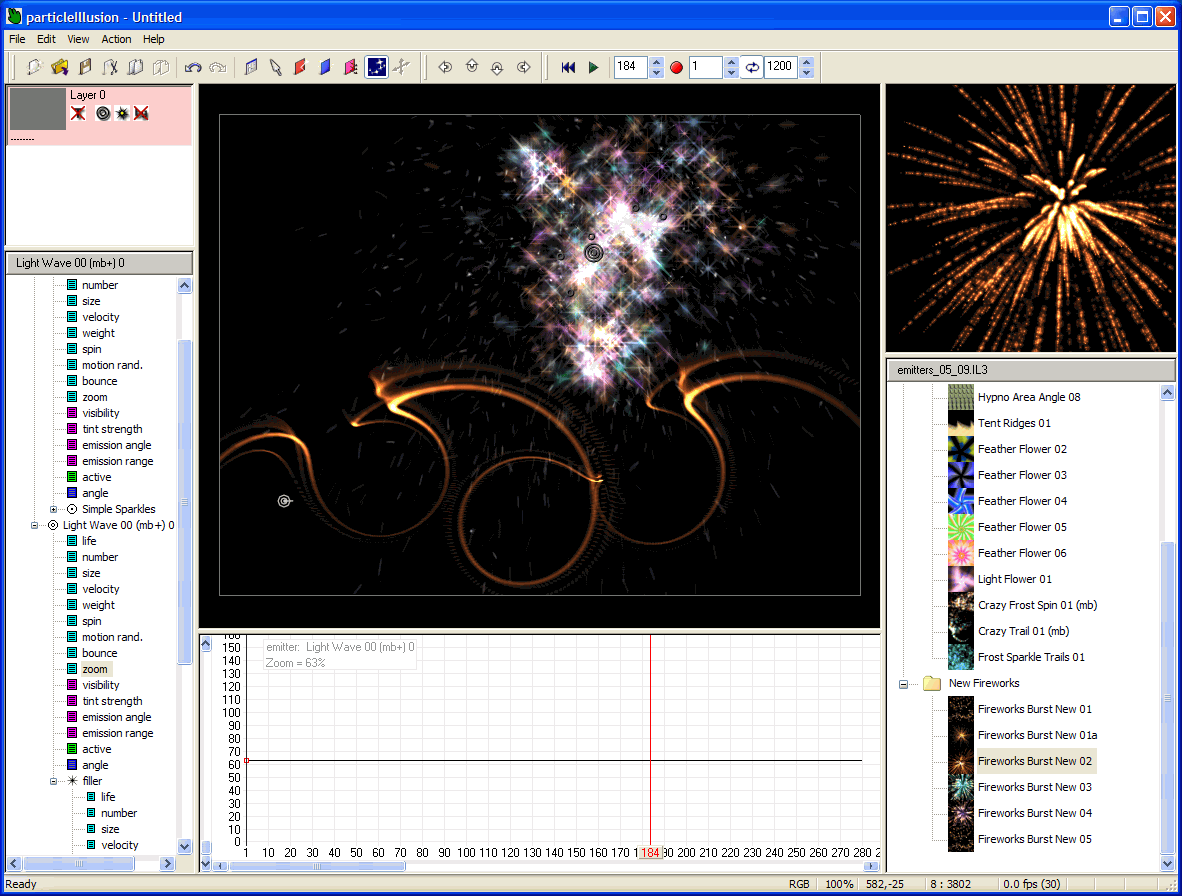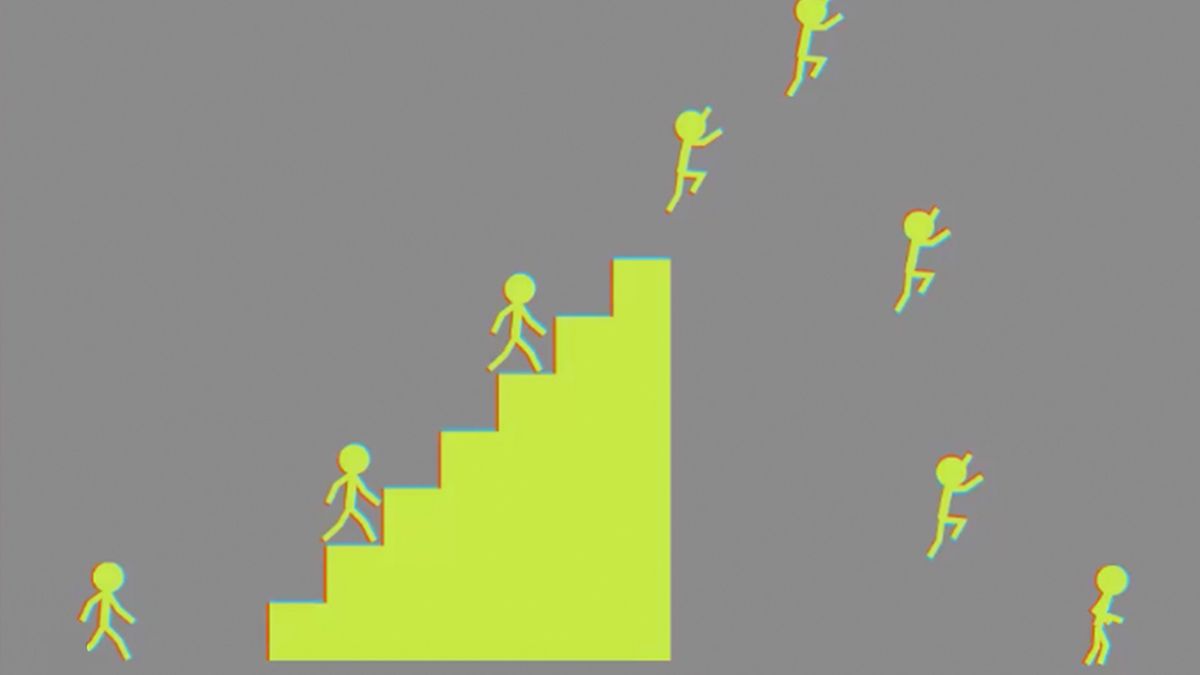
What wave represents a particle that is spatially localized? Take the extreme case of a particle localizedĪt just one point in space. You can take my word for it, or read more here: A Complex Wave What I just wrote does not really explain well how this can be. The wave amplitude is actually a complex number, so that the amplitude rotates in complex number space in such a way that none of these inhomogeneities are physically significant. It shows the amplitude as just having one dimension, up and down. These inhomogeneities are really just an artefact of an incomplete picture. These last points are marked in red below. In some places there is a peak in others a trough and in others still intermediate points of no wave amplitude at all. It looks like there are regularly spaced inhomogeneities. The picture does not really show that well. The wave pictured above is spread uniformly through space. It has no one position in space it has all positions. Where is the particle? The answer can be read from the figure. Here is a wave with a definite wavelength: It tells us that a matter wave with a definite wavelength has a definite momentum. If particles are really waves, how can localized particles enter into the theory at all? This example of superposition will help us resolve a little The distances between adjacent peaks and troughs differ in different parts of the wave. It also no longer has a single wavelength.

It tends to be more concentrated in one place. The resulting wave is no longer uniformly spread out. That situation starts to reverse in the superposition. Each of the four component waves is uniformly spread out in space and has a definite wavelength.

Notice what happened when we formed the superposition. We will "add them up," that is, form their superposition, in the same way that we add light waves. Matter waves with wavelengths 1, 1/2, 1/3 and 1/4. So let us look at a simple example of superposition. These superpositions turn out to have a central role in the theory of matter waves and in quantum theory as a whole.

When we do this, we form the "superposition" of the individual matter waves. So we should be able to add several of them together, just as we could add several light waves together.

The theory of matter waves tells us that particles like electrons are also waves. That adding of waves is the essence of the phenomenon of the interference of waves. Superpositions of Matter WavesĪ distinctive characteristic of waves is that we can take two waves and add them up to form a new wave. For the picture of matter in the small presented by quantum theory is quite unlike our ordinary experience of matter in the large. It will lead us to the problem of indeterminism and then to very serious worries about how ordinary matter in the large is to be accommodated into quantum theory. Doing that is what is going to visit problems upon us. Quantum theory demands that we get some of the properties of classical particles back into the waves. But it makes no sense for particles, classically conceived. One of the essential properties of waves is that they can be added: take two waves, add them together and we have a new wave. To enter into the foundational problems of quantum theory, we will need to look more closely at the "roughly speaking." It is needed since it is not so easy to see how matter can have both wave and particle properties at once. Speaking, a combination of wave and particle-like properties. We have seen that the essential idea of quantum theory is that matter, fundamentally, exists in a state that is, roughly


 0 kommentar(er)
0 kommentar(er)
